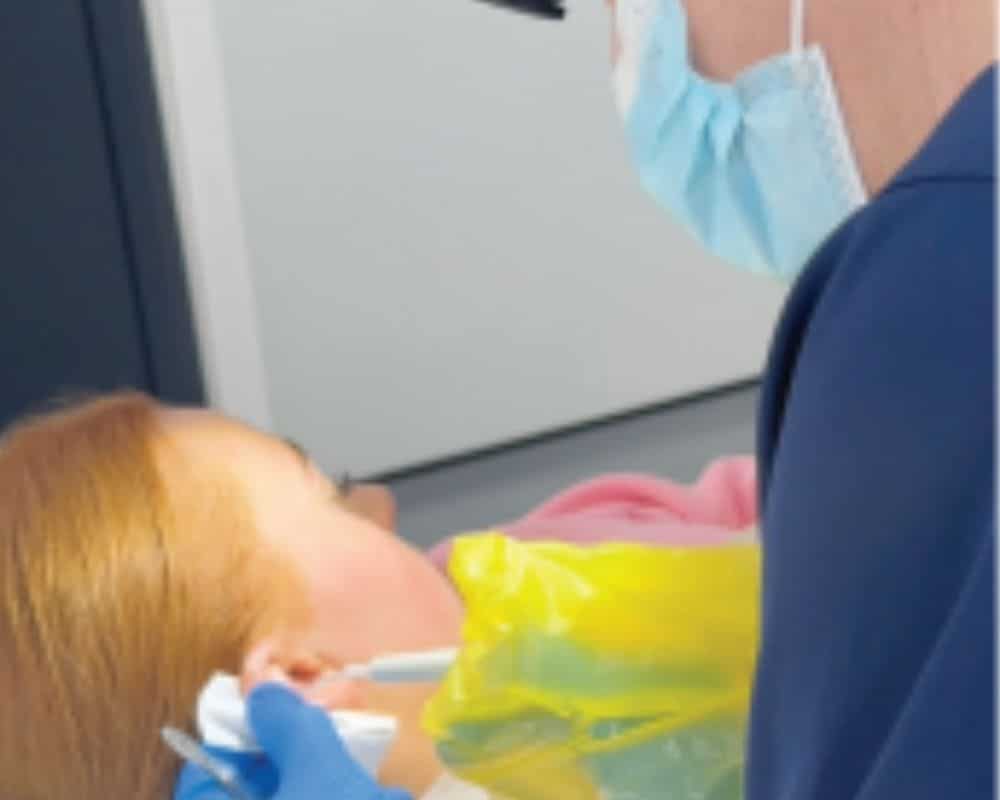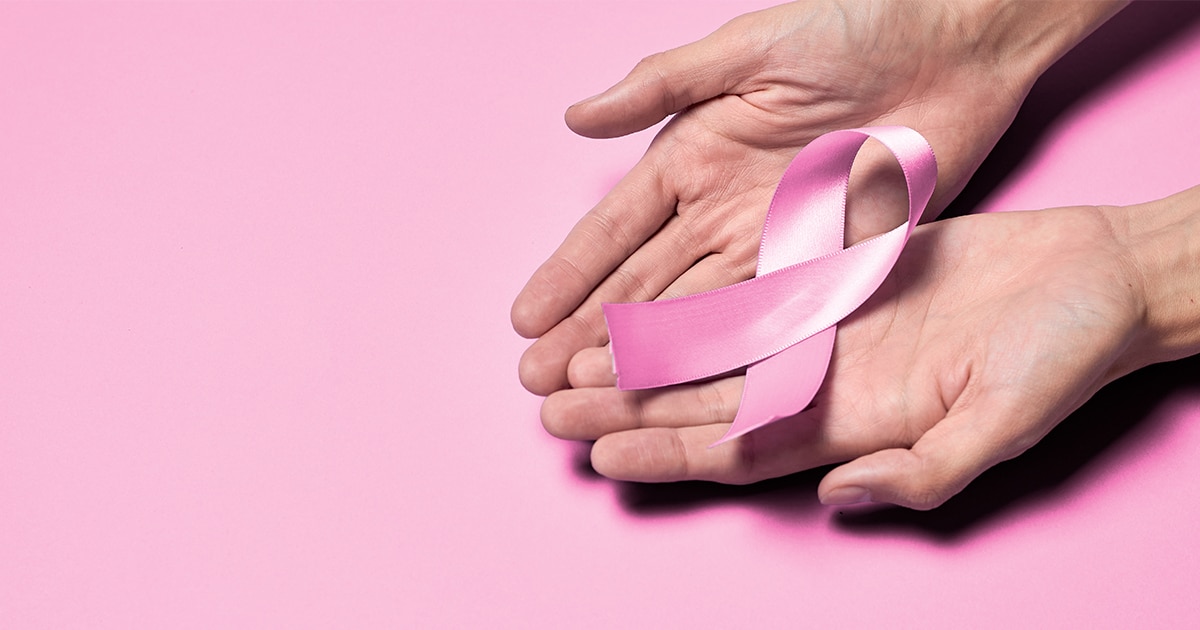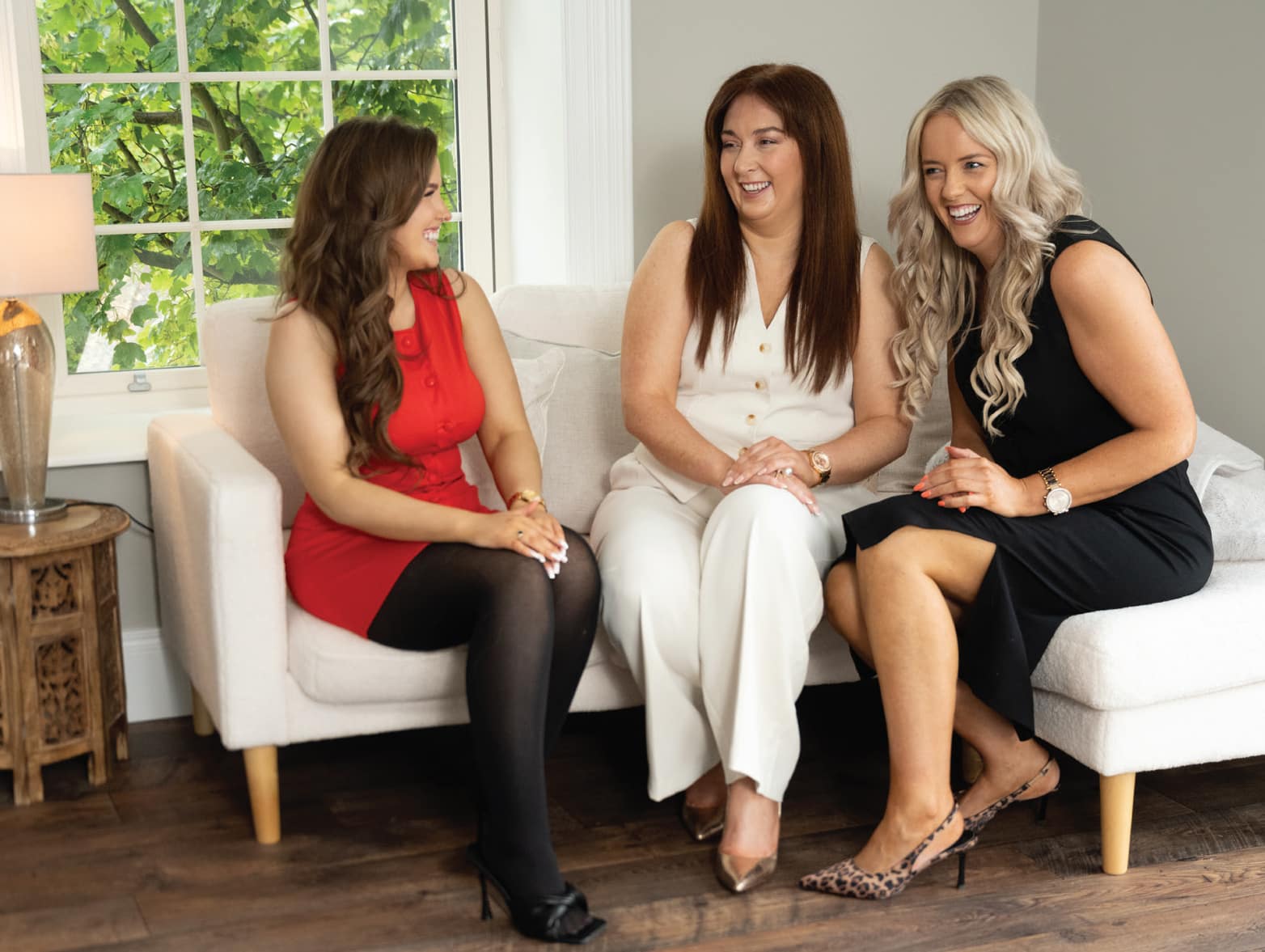When Ear Piercings Leave a Lasting Mark

Dr Finbar from Dr Finbar’s Skin Clinic on treating ear keloids safely and effectively.
For many people, getting their ears pierced is a rite of passage, whether it’s your first pair or a stylish cartilage stud.
But sometimes, what starts as a simple piercing can lead to a problem that grows beyond what anyone expects: a keloid.
Keloids are raised scars that grow beyond the original wound, appearing thick, shiny, and dome-shaped.
They can develop anywhere but the earlobes are a common site, especially after piercing.
They’re not harmful in a cancer sense, but they can feel large and heavy, and be visually distressing, particularly when they keep growing or affect your appearance.
If you, or your child, has one or more keloids developed to a large scar after an ear piercing, you’re not alone and help is available.
What Causes a Keloid?
When we injure the skin, the body tries to repair it by producing collagen.
In some people, that repair process goes into overdrive, instead of stopping once the skin has healed.
The body keeps building scar tissue.
The result? A raised, often itchy form of scar that can continue to grow.
Some people are more prone to keloids due to genetics, and they are common in younger individuals and people with darker skin tones.
While keloids occasionally happen after injuries, especially in rugby or boxing, ear piercings remain the most common trigger.
Our Four-Step Treatment Plan
At my clinic, we take a structured, evidence-based approach to treating ear keloids.
It’s not just about removing the scar; it’s about reducing the chance it comes back.
Step 1: Soften the Scar
We begin with a small steroid injection directly into the keloid.
This helps to calm the overactive scar tissue and makes the tissue softer and more manageable for surgery later on.
Step 2: Plan for Compression Therapy
We’ll discuss wearing compression magnets after surgery.
These are small, strong magnets that gently press on either side of the ear to prevent the keloid from returning.
They sound simple, but they work remarkably well.
Step 3: Gentle Surgical Removal
Once the scar has softened (usually after a few weeks), we remove it using a precise method called electrodisection.
We numb the area, thin any extra scar carefully, and cauterise any bleeding points.
You go home the same day with an antibiotic ointment to keep the area clean while it heals.
Step 4: Compression and Follow-Up
About two weeks later, once the wound has healed, you start wearing the compression magnets for 12 to 16 hours daily, ideally for 6 months.
They reduce blood flow to the area, which stops new collagen-producing cells and helps the skin heal flat.
If needed, we offer a second steroid injection a few weeks later to further smooth the skin.
By the 6-month review, most people are delighted with the outcome.
Why This Matters
Without compression, ear keloids return in up to 50% of cases.
With this combined approach of steroid injection, surgery, and compression therapy, recurrence drops to below 10%.
That’s a huge difference, and it means long-term peace of mind for many patients.
The Bottom Line
Keloids can feel like they’re taking over but with the right plan, they don’t have to.
The treatment takes time, but the results are lasting, and truly life-changing for many.
If you’d like to see how we do it in action, I have real treatment clips and practical advice on my YouTube channel.
Just scan the code below or use this link: https://youtu.be/VWigs6YYY
Dr Finbar’s Skin Clinic
📍 Camlough Retail Park, Camlough, BT35 7GB
📞 028 3082 8945
📧 info@drfinbar.com
🌐










